Cover Story: 30 Years of NES, 30 Interesting NES Facts
Big historic developer interviews a little tl;dr for your caffeine-addled mind? Try these 30 easy, bite-sized tidbits about the NES instead.
This article first appeared on USgamer, a partner publication of VG247. Some content, such as this article, has been migrated to VG247 for posterity after USgamer's closure - but it has not been edited or further vetted by the VG247 team.
If our enormous NES launch retrospective featuring extensive insights from the console's actual designer (Masayuki Uemura) feels a little too hefty for you to deal with on a Monday, don't sweat it. We still have you covered on the NES memories front—this time in the form of a convenient, bite-sized retrospective list. Save the big feature for a rainy day or to read on your phone during a really lengthy bathroom trip and breeze through this collection of teeny tidbits right here and now.
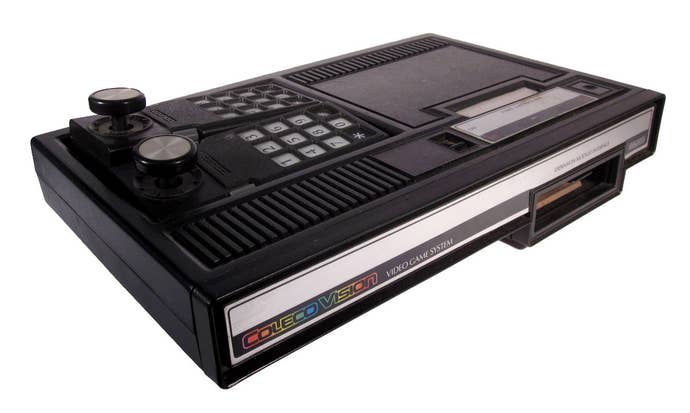
1. Its innards were nearly patterned after the ColecoVision…
According to the book I Am Error, Nintendo took plenty of notes from the latest and most powerful console on the market (the ColecoVision, released in the U.S. in 1982) while developing the Famicom. Nintendo ultimately went a different direction with its console, and the Famicom enjoyed some advantages befitting its later release date and alternate architecture—for example, the ability to depict smooth horizontal scrolling. It did, however, mean that instead of using the industry standard Zilog Z80 processor, the Famicom ran on the more obscure MOS 6502 chip, which fewer programmers knew.
Interestingly, both Sega's debut console, the SG-1000, and the MSX computer standard (both of which debuted around the same time as the Famicom) ended up hewing much closer internally to the ColecoVision. In fact, those machines ended being so similar that a popular homebrew trend among Coleco fans is to convert games from the MSX's massive library to that system.

2. ...and the obscurity of the NES's processor gave Satoru Iwata his first big break.
The late Nintendo president Satoru Iwata got his start as a hobby programmer for Commodore PET, one of the few systems to use the same chip architecture as the NES. The PET had very little exposure in Japan, though, meaning Iwata's skill set turned out to be quite uncommon in his homeland. As Nintendo beefed up its early product line, the company looked to outside help; keep in mind that the first year of Famicom releases came entirely from within Nintendo's offices, meaning the company had to churn out nearly as many video games in 12 months as it had the entire preceding decade. Iwata was one of several pinch-hitters who stepped in to assist, and his work on games like Pinball and Balloon Fight (as well as the Atari conversions he created for Nintendo that ultimately ended up coming out under the HAL label) began a long, fruitful relationship.

3. Donkey Kong shaped the design of the NES in more ways than one.
When Nintendo set about working on the NES hardware, Donkey Kong ruled arcades around the world. Naturally, the company wanted to produce a console capable of offering the best possible rendition of that smash—and the NES succeeded. Mostly. Due to severe cartridge space limitations, the company had to skip an entire stage of the game, as well as the groundbreaking intro and victory animations... features present in certain computer ports of the game. But no other version, not even the vaunted ColecoVision adaptation, looked as accurate as the NES game, which achieved the rare feat of squeezing the entire girder structure of the first level onto the screen.
Around the same time, Nintendo had just adapted Donkey Kong's first stage into a revolutionary Game & Watch unit whose dual-screen design prefigured the DS by a good 20-plus years. More importantly, though, the Donkey Kong Game & Watch ditched the standard button-style directional controls of previous handhelds in favor of a crosspad design. Nintendo's engineers decided to give this control scheme a trial run with their new Famicom hardware and instantly fell in love with it... and the rest is history.
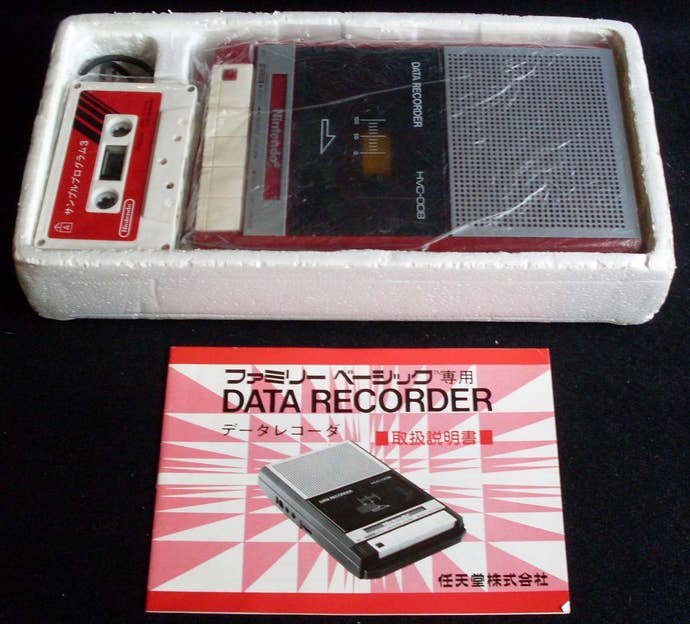
4. Its peripherals in Japan included a tape cassette recorder and a sewing machine.
The NES ended up not resembling a ColecoVision on the inside, Nintendo did initially take cues from the American competition on a different respect: They gave the system the same build-a-computer treatment as the Coleco ADAM... at least in Japan. Early in the system's life, it saw the release of a number of computer add-ons, including a full keyboard, a BASIC programming cartridge, and even a tape drive capable of recording programming data (as well as custom designs in games like Excitebike). Later, it saw even more novel peripherals, including a sewing machine that could be made to automatically produce Nintendo-themed patterns. This was all perfectly appropriate, of course: The name "Famicom" stood for "Family Computer."
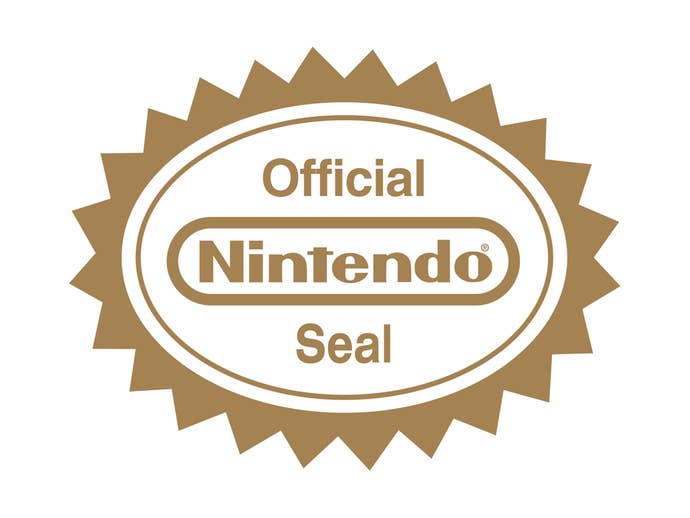
5. It established the concept of a console licensing program...
The Atari crash nearly killed the U.S. console gaming market before it even established itself, and most historians pin the blame on a flood of unlicensed third-party games of wildly varying quality (mostly different degrees of "terrible") that drowned the Atari 2600. Nintendo avoided repeating this disaster by establishing a strict NES licensing program that required third parties to produce their games via Nintendo's own factories. A security chip tested for authenticity when players switched on the system. While harsh, Nintendo's arrangement helped curtail potential disaster.
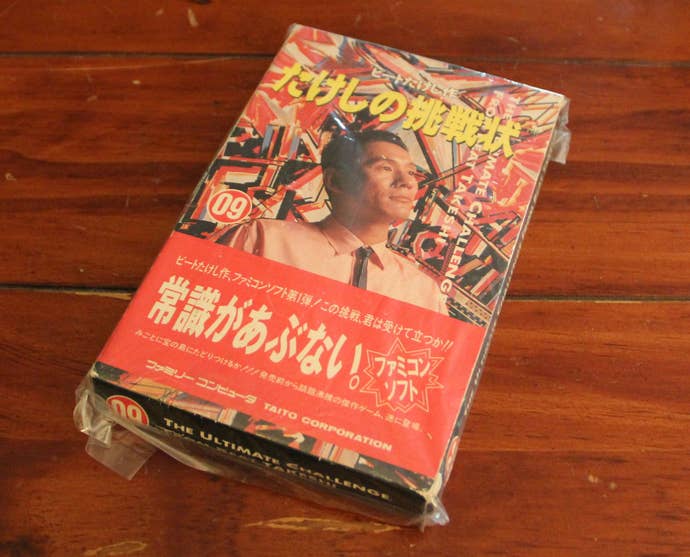
6. ...but only after a few years of rampant third-party trash buried the Japanese market.
It would be nice to say Nintendo had learned its lesson from Atari, but in fact third-party software caught them unaware, too. The lock-out chip and licensing program were in place by the time the NES launched, but that was only after third parties ran rampant on Famicom. The Famicom had almost twice as many total games as the NES, but most of those games were dreadful. The NES had its share of trash, but nowhere near as much as the Famicom.

7. The blinking screen that affects most old American consoles is due to the security chip.
The licensing and lock-out plan didn't work out without a hitch, though. The combination of the unique front-loading NES console design and the 10NES security chip means that old consoles tend to suffer from blinking screen syndrome where games don't start up correctly. Over time, the pins inside the system become slightly misaligned with use, which means the security chip loses its ability to read cartridges correctly and treats even licensed games like illicit wares.
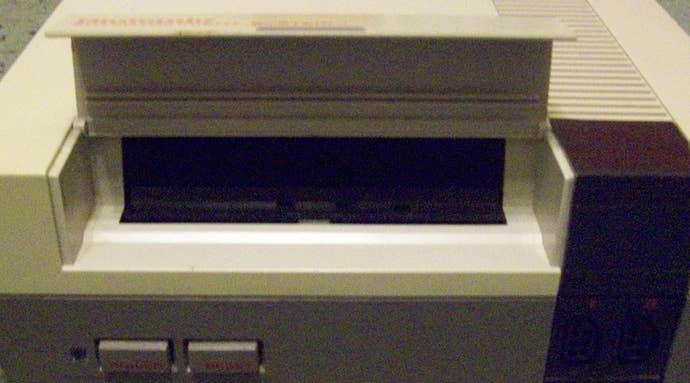
8. The cartridge slot is the result of Nintendo's attempts to hide the fact that the NES played video games.
So why go with such a funky hardware design? Stealth, basically. The Atari crash made retailers and buyers wary of video games. Not consumers, who still loved games, but rather corporate buyers, who would go to trade shows and place huge orders for wholesale items for their company to sell. Nintendo hoped to get past that aversion to video games by making the NES look more like a VHS tape player than a game console. Because it was a new, untested hardware design, they couldn't have known about the eventual long-term drawbacks....
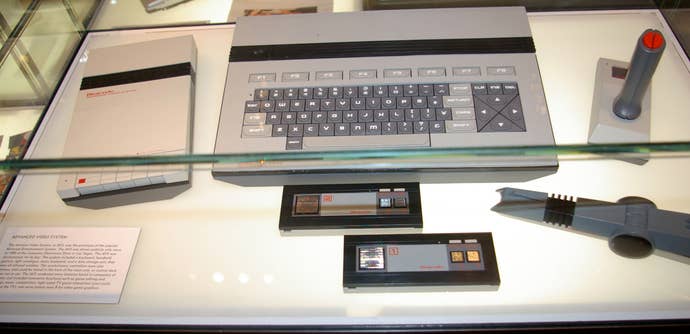
9. The NES was test-marketed as the AVS: Advanced Video System.
All told, the stealth strategy surrounding the NES's design—both its VCR-like appearance and the inclusion of a useless toy robot—was pretty mild compared to what might have been. At CES 1984, Nintendo demonstrated the NES under the name AVS (Advanced Video System), which was much more like the Famicom in terms of its computer-like peripheral design. Buyers, having just taken a pounding with the Coleco ADAM, wanted nothing to do with a modular console. Even if it did have a super-sweet sci-fi look to it.
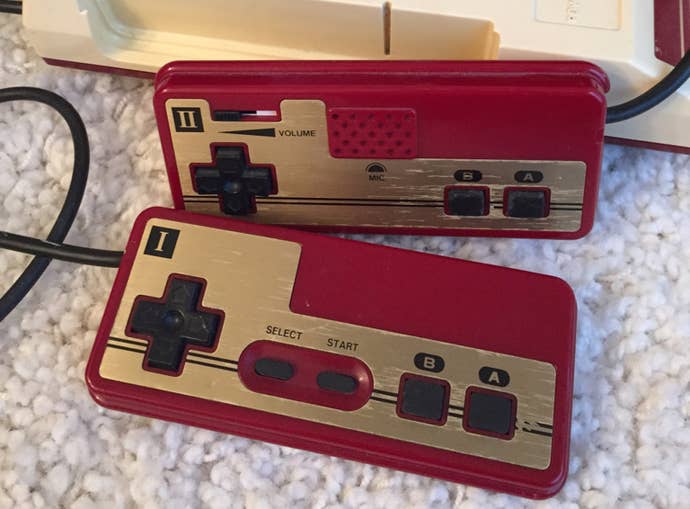
10. Original launch Famicom systems (with square buttons) are extremely scarce due to a product recall.
Sadly, hardware problems characterized the NES and Famicom all across the board, from the very beginning. The very first wave of Famicoms suffered from a defect that would cause a very small percentage of games to fail. They were recalled and become something of a collector's item... one that's easy to spot thanks to the square (rather than round) buttons on its hardwired controllers. It seems those square button also had their share of problems: They have a reputation for sticking or even falling off, hence Nintendo's use of round button ever since.
